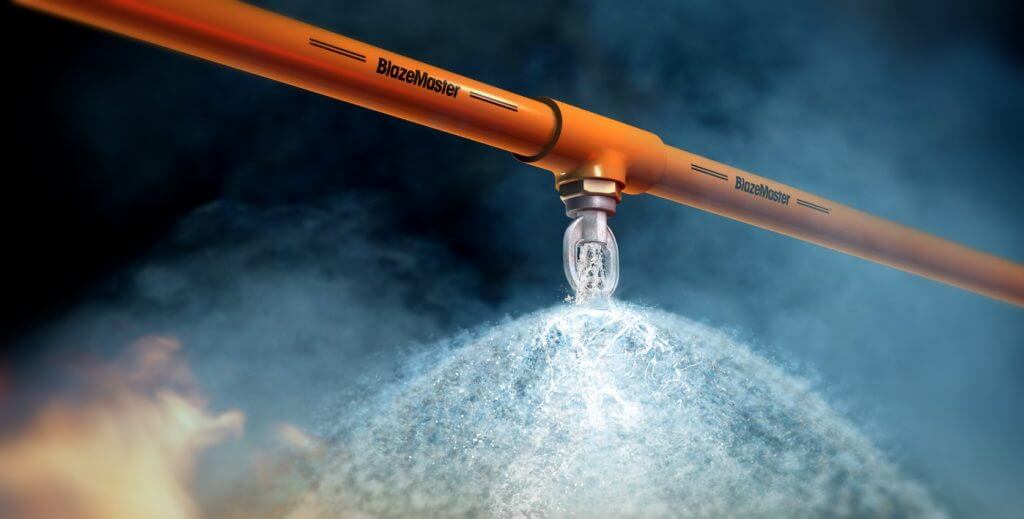Are you in charge of the departmental store? If yes! Then you mainly know the fear of potential fire.
What if a fire were to happen in your department. Are the building and people in it are safe? How many flammable items are present in your store? A fire sprinkler is one of the most reliable systems that use in fire protecting arsenal. It gives the owner peace of mind and comfort. Today, we’ll help you to understand how a fire sprinkler system work.
Automatic sprinkler systems are piping equipped with automatic valves (sprinkler heads). They help detect a fire, control it with an adequate water supply, and alert the authorities with an alarm.
Sprinkler systems are one of the most effective methods of extinguishing a fire.
A fire sprinkler system has widely established itself as an essential reference in the fire protection of property and people.
Sometimes imposed by the insurer, this method remains the most effective with an overall European extinction rate of 98%, according to the National Institute for Research and Security (INRS). The sprinkler also allows you to make substantial discounts on your insurance premium.
So how does it work?
The elements of a sprinkler system:
A water source
The water source consists of one or more pump (s) supplied by one or more water reserve (s).
The installation
The installation consists of one or more control stations (which allow cutting into the protection zone), pipes and sprinkler heads. However, the installation must be sized according to the risks (storage, activity, etc.), just like the water source.
Principle of operation on fire:
The network of pipes permanently maintained underwater pressure (or sometimes air if there is a risk of frost), is fitted with sprinkler heads. Subject to a significant rise in temperature during a fire, the bulbs (or fuses) which block the sprinklers burst. Then discharge a predefined quantity of water. This is directly linked to the potential calorific risk in the area. When the sprinklers flow, a drop in pressure detects in the pipes, which causes the pump (s) to start. An alarm, visual and audible, trigger when the first sprinkler opens. Once the system activated, the water is continuously discharged only above the disaster until the emergency services intervene.
4 THE MAIN MODELS SPRINKLER
Here is a short description of the four main models of sprinkler offered by companies specializing in fire safety.
1. Wet system
It is the easiest to install and the least expensive. That’s why the wet sprinkler system is the most common. In the latter, the distribution pipes are permanently full of water. This system is usually beneficial for heated building and protected from the risk of the freeze.
2. Dry system
The dry system or air sprinkler system is suitable in unheated establishments. Since the water could freeze in the pipes, the pipes are chockfull with pressurized air. So when heat activates the sprinkler head, the air pressure decreases. At this time, the control valve triggers the alarm, which causes water to flow through the pipes.
3. AT PREACTION
Also operating in air, the preaction system is best for rooms with computer equipment. It offers rapid detection and protection of fire or smoke. Compared to traditional models, it has the advantage of preventing water damage caused by the accidental triggering of the system.
4. DELUGE
The deluge system is advisable when the risk of fire spreading is very high. The pipes are chockfull with non-pressurized air. When it activated, all the sprinkler heads in the critical zone activate simultaneously, which then does justice to its name!
SENSITIVE REASONS TO TAKE ADVANTAGE OF A SPRINKLER SYSTEM
Thanks to its automatic triggering, a sprinkler system considerably reduces the danger of human and material loss during a fire. Besides, a quick-release minimizes the risk of having to make significant repairs to the building structure. Finally, insurance premiums for buildings equipped with an automatic sprinkler system are generally more attractive. In short, this is an investment that pays off every time!
To know more, Click here.






